Name David Hanson | Role Robotics designer | |
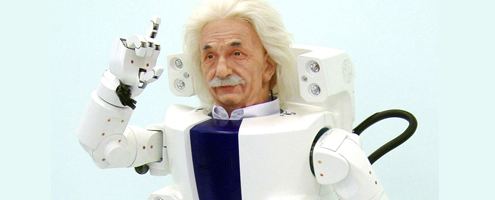 | ||
Books Humanizing Interfaces: An Integrative Analysis of the Aesthetics of Humanlike Robots | ||
The future of robotics david hanson at tedxtaipei 2012
David Franklin Hanson, Jr. is an American robotics designer and researcher, responsible for the creation of a series of realistic humanoid robots.
Contents
- The future of robotics david hanson at tedxtaipei 2012
- David hanson robots that show emotion
- Early life and education
- Career
- Publications
- References
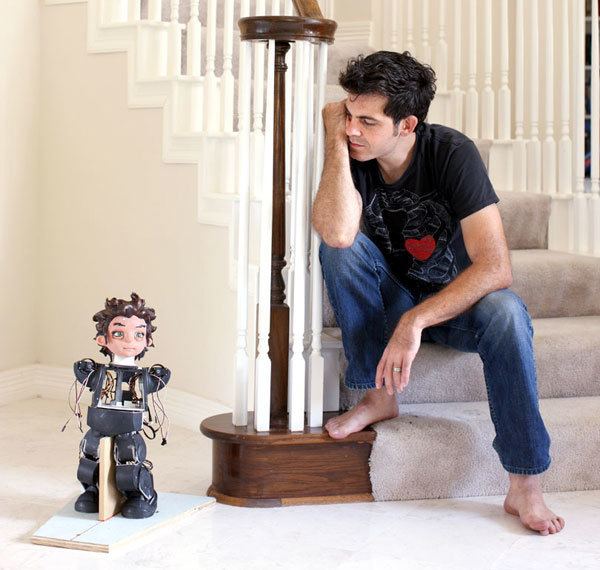
David hanson robots that show emotion
Early life and education
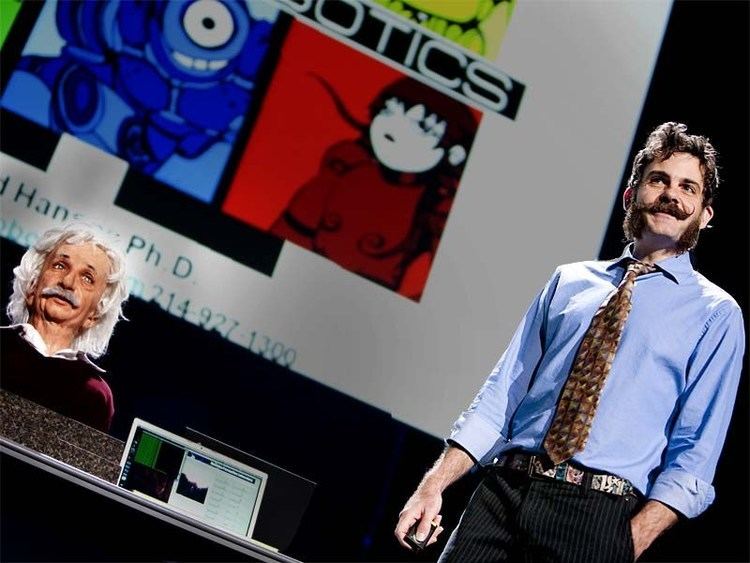
In the 1980s, Hanson spent two years studying at the University of North Texas in Denton. In 1992, he was accepted into the BFA program at Rhode Island School of Design in Providence. He received his Ph.D. in aesthetic studies and interactive arts and engineering from the University of Texas at Dallas in spring of 2007.
Career
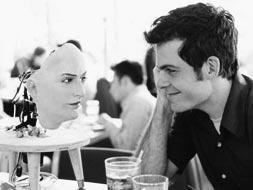
Hanson develops human-like robots with realistic facial expressions and conversational abilities [Hanson et al., 2006]. Hanson currently serves as president and founder of Hanson Robotics.
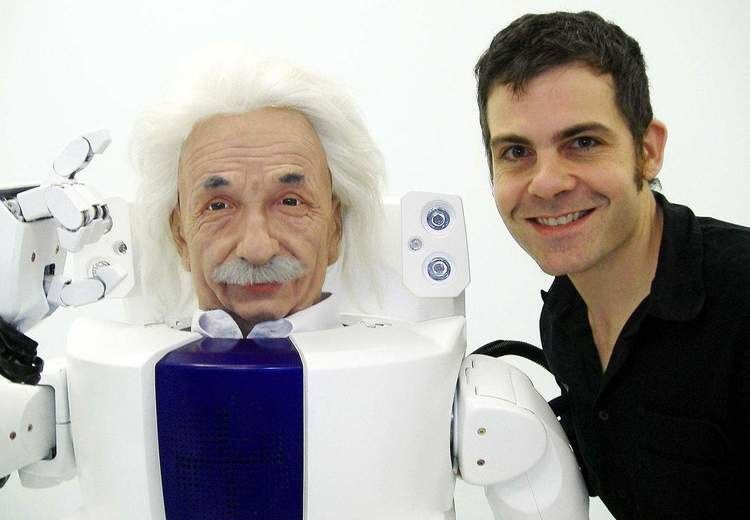
Hanson previously worked at Walt Disney Imagineering.
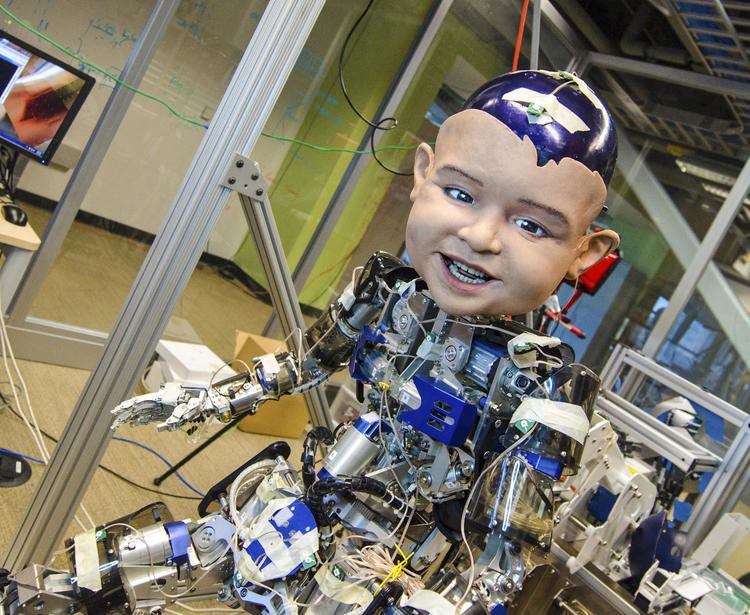
Hanson’s robots were shown first at the 2002 AAAI conference in Edmonton, Canada [Hanson, 2002] and in 2003, he showed the Kbot at the American Association for the Advancement of Science (AAAS) annual meeting [Ferber, 2003]. In 2005, Hanson and team received an AAAI award for their "intelligent conversational portrait" of Philip K. Dick [AI Magazine, Fall 2005]. First shown at the 2005 Nextfest, the robot incorporated thousands of pages of the writings of PKD, including journals and letters, into an LSA corpus and conversational system constructeandroid [Hanson et al., 2005]. Hanson's work on the PKD robot is documented in the nonfiction book, How To Build An Android.
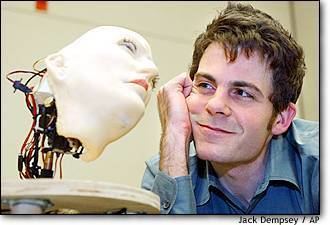
In November 2005, Hanson demonstrated an expressive walking humanoid, a portrait of Albert Einstein, in collaboration with the KAIST Hubo group of Korea. KAIST built the walking body, and Hanson built the head using elastic polymer called Frubber [WIRED, 2006].
Hanson has also designed and built a series of Conversational Character Robots. These have heads incorporating Frubber, with varying levels of facial mobility and expressiveness, and are capable of responding to human speech. Projects include Joey Chaos, Jules (created for University of West England in Bristol, UK) and Alice (created for MIRALab in Geneva, Switzerland). He developed BINA48 for Martine Rothblatt's Terasem Movement, which he unveiled in 2010.
He gave a TED talk in February 2009.
He created other humanoid Sophia with woman face. Sopia can express about 60 emotions on her face.
